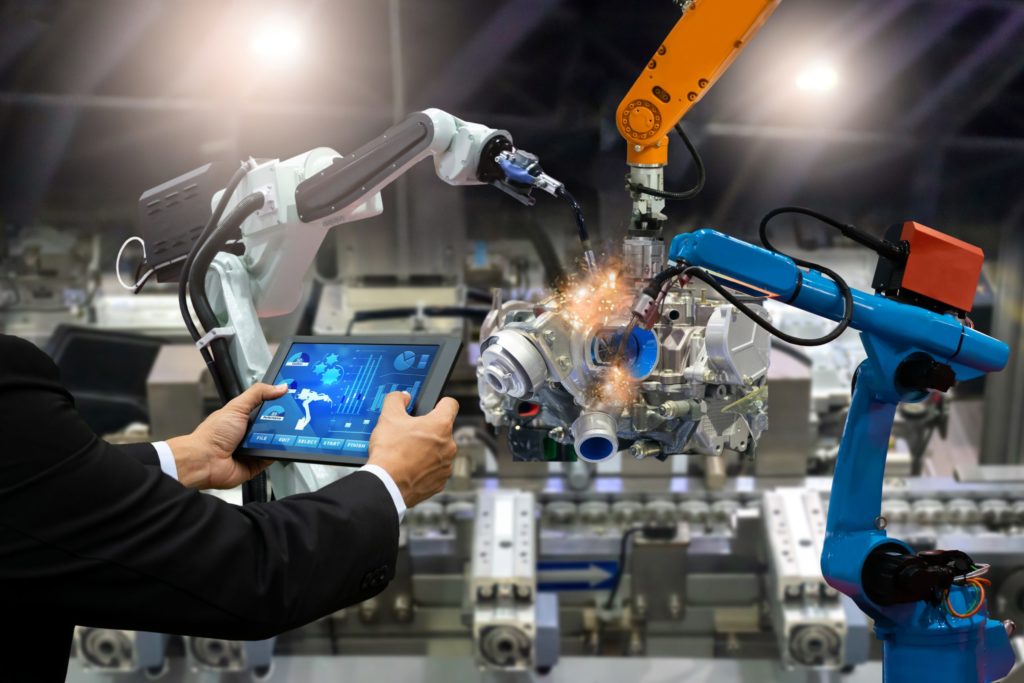
There are fundamental principles in IOT which have been made so businesses can create products and services around it. These interests make one have an urge to stay competitive and understand the emergence of IIOT connectivity and digitalization.
- The IOT presents a big analog data problem – it is the data from natural aspects or from the physical analog world derived from people, devices, buildings, machines, environment, things, etc. that is sensor acquired and digitized via A/D conversion
- IOT provides perpetual connectivity – Monitor (risk avoidance and connectivity), maintain (new effectiveness, cost avoidance), monetize (new revenues and larger share)
- IOT data is real-time – consider an end-to-end industrial IOT solution; the data collection journey starts in the IOT at things or at the sensors (data capturing). Data and control flow is a journey back and forth from the things to the aggregators/gateways, to the data processing part (IT) and landing to data centers/cloud for edge computing and analytics, etc.
- Data insights are gained within a “spectrum of value” – business insight, engineering insight, and scientific insight.
- The IIOT presents a “Time-to-insight” vs. “Depth-of-insight” trade-off: the actual key is to control, actuate and improve business tasks/processes by sensing the captured data and mining the insights.
- The emerging “V” of big data in IOT is “Visibility” – The traditional V’s of big data have been variety, volume, velocity, and value. Visibility and remote access to different geographic locations on the IOT edge gives rise to scalable dashboards and predictions.
- Data Center and Cloud computing, which is the high performance deep- computing cores, data center virtualization manageability, scalability etc. which are stored in a cushy environment, is moving to an operational technology edge which is also more robust and harm-proof. This is what we call the IT-OT convergence.
A short story of IIOT journey!
An advanced manufacturer will have an MES and SCADA system. In order for us to calculate the OEE, or how efficient our plants are running or how efficient our machines are running, we essentially need to have four variables i.e., infeed, outfeed, waste and state, meaning the total number of widgets fed into the machine and what is going out. If we have two of these counts, we can derive the third. Every machine will have the state coming from the operator, which is the machine’s real-time health and statistics. These widgets are fed into the MES system to calculate availability, quality, performance, and OEE. The MES system gets the work order from the ERP system (schedule). It is fed from the ERP into the MEP and the operator looks at it. In this scenario, the performance number is usually low, which in turn returns a low OEE compared to the expected to-be achieved OEE. This affects the overall delivery because as per the schedule, the execution is not as per the estimated delivery. The operator then turns the SCADA system higher to increase the speed of machine performance. With this the plants start to
generate more waste and his quality parameters start to decrease. Overall, this industry 3.0 is an open loop architecture when things are manually looked at and adjusted, and the ERP is absolutely unaware of delayed deliveries and the waste generated.
This scenario where the operator tries to judge the situation and takes action, unaware of how it will affect productivity, machine learning on cloud computing has to step in. It is suited to take optimal decisions in coordination with all the other native systems or existing architectures. This introduces industry 4.0 principles with IIOT solutions and methodologies. Machine learning observes the performance and translates suitable decisions logging it into the PLCs which can be tapped in later. This in turn gives rise to an actual improved OEE and this ecosystem is industry 4.0.
The journey to digital transformation is not easy but not impossible either. With the right IOT strategy, key market players can capitalize on the growing changes and competition. The fight becomes difficult if an improper industry 3.0 architecture exists, meaning a well-functioning MES, SCADA and PLCs
should be in place first. The more data and structure exists, the better machine learning-based IIOT solution will perform and will offer exemplary efficient deliveries.
